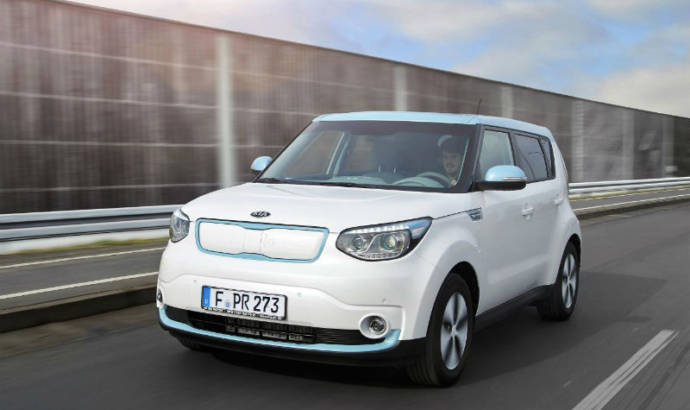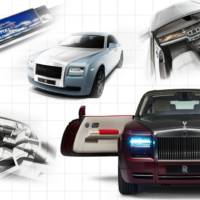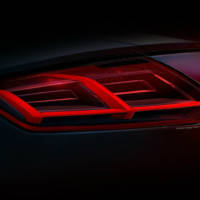The forthcoming Kia Soul EV is to come with a class-leading battery energy density of 200 Wh/kg as a result of a three-year joint development programme between Kia Motors Corporation and SK Innovation in Korea.
Kia engineers have developed the outstanding power pack featuring 192 lithium-ion polymer battery cells in eight modules, delivering a total battery capacity of 27 kWh. The pack incorporates state-of-the-art thermal control technology to maintain individual cells at optimum temperature and structural design to enhance crash worthiness.
Nickel-rich NCM (nickel-cobalt-manganese) cathode material is used in the mass production of the battery cells for Soul EV. Energy density, which is dependent on cathode capabilities, is a core performance factor deciding EV driving range. By exploiting the class-leading energy density of its battery, the Soul EV offers a driving range of around 200 km on a single charge.
High performance electrolyte additive and anode materials were also developed to meet various performance requirements, such as safety and lifecycle, while maintaining high energy density.
In addition, a special secure separator is used in the Kia Soul EV’s battery cells. The separator determines the safety and the charge/discharge speed of the battery. It has improved thermal resistance, which helps to keep the cell secure from exposure to heat or fire by preventing the shrinking of the separator if the temperature of the cell increases beyond normal levels.
Together, the low electrical resistance battery cell, proper battery system thermal control and accurate state-of-charge calculation improve the charging performance, thereby enabling an outstanding ‘fast charge’ time of 25 minutes (100 kW DC) or 33 minutes (50 kW DC). Full recharge time, depending on power source, takes up to five hours (6.6 kW AC).
Cold weather is notoriously hostile for a battery and the Soul EV features a battery heating system, which warms-up the battery while the car is plugged into the grid, prior to use. This helps to maintain optimum battery performance regardless of external temperature.
For maximum ‘active safety’ the battery module is fitted with an overcharge protection device that cuts the high voltage circuit if ever the battery cell swelling phenomenon should occur due to overcharging.
Optimisation of the raw materials used to create the cathode morphology control and surface coating, the anode surface coating and electrolyte additive, plus the excellent mechanical strength of the separator, ensure best-in-class durability and safety of the cell.



